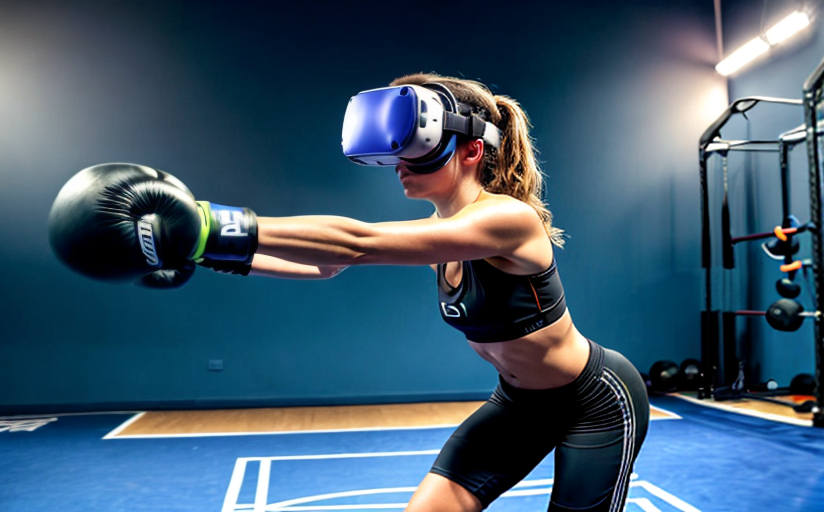Revolutionising Sports Training and Fitness Regimes through Virtual Reality
The modern era of technological innovation is a pivotal epoch in our history, steering various sectors towards revolutionary growth and development. Remarkably, Virtual Reality (VR) is at the forefront of this evolution, greatly impacting industries such as entertainment, healthcare, education, and increasingly, sports and fitness.
The Impact of VR on Sports and Fitness
VR is changing the game for both athletes and fitness enthusiasts alike by providing an unprecedented avenue for enhancing physical, mental, and strategic aspects of training. Specifically, it offers a platform for highly immersive and interactive training scenarios, which were previously infeasible in traditional setups.
Physical and Mental Benefits
With the VR technology, athletes can now experience rigorously simulated training scenarios that closely mimic real-life match situations. These scenarios push the athletes physically, thereby increasing their stamina and agility. VR also helps in honing their mental skills by improving their decision-making abilities under high-pressure scenarios.
Strategic Benefits
In addition to physical and mental benefits, VR can offer immense strategic benefits. It can be used to virtually analyse opponent's tactics in a match-like simulation, helping in preparing effective counter-strategies.
The Scope of VR in Various Sports and Activities
The integration of VR in sports is not limited to one specific discipline. It's been adopted in football, basketball, boxing, and even in high-performance sports like Formula 1. Similarly in fitness, VR takes the monotony out of regular workouts by offering an array of engaging activities and scenarios, helping individuals to maintain their fitness regimes consistently.
Possible Limitations and Challenges of VR in Sports Training
While VR is undeniably revolutionising sports and fitness training, it is not devoid of challenges. A chief concern is the high cost of VR technology, which may deter smaller sports organizations and individuals from adopting it. Additionally, extended exposure to VR can potentially cause disorientation and motion sickness in users. Addressing these issues constitutes a significant hurdle for stakeholders in the sports and fitness domains.
Real-life Applications of VR in Sports Training
Despite these challenges, many sports teams and individuals are successfully incorporating VR into their training routines. For instance, the famous NFL team, Dallas Cowboys, uses VR technology for their quarterback training. Similarly, professional golfer, Bryson DeChambeau, uses VR to improve his swing and understand more complex golf mechanics. These instances lend credence to the significant potential of VR within the realm of sports and fitness training and suggest that it is only poised to grow in the future.
Into the Future
In conclusion, the adoption and expansion of VR technology in the sports and fitness sphere are in their nascent stages. With continued advancements and potentially cost-effective solutions, VR technology may cement itself as an invaluable part of the sports and fitness industry, and more widely, contribute towards the definition of a new era of human technological capability and innovation.

















Comments
Leave a Comment